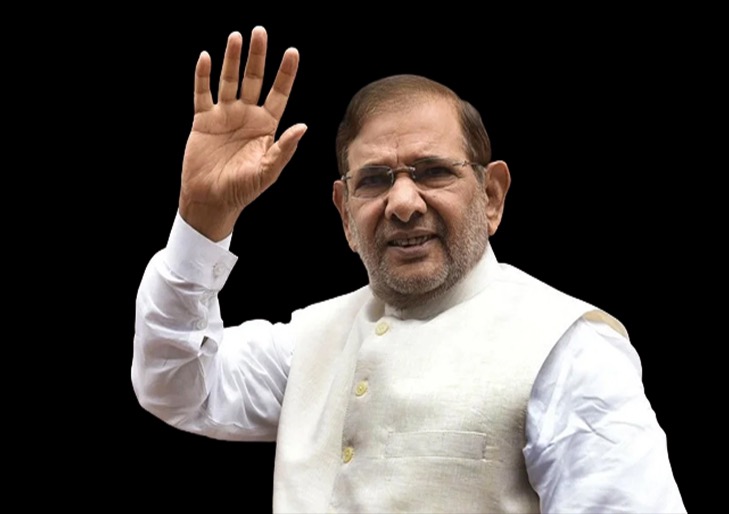Socialist leader Sharad Yadav left for his heavenly abode on Thursday night at the age of 75. Condolences have been pouring in from every quarter of the political spectrum. Prime Minister Narendra Modi in his condolence message said he will always remember the meetings and friendly conversations with the stalwart socialist leader.
A product of student’s politics, Yadav’s illustrious political career spanning over more than four and a half decades saw many ups and downs dotted with several splits and mergers necessitated by the practical needs of the day. He remained relevant through changing political environments and issues. Be it the JP movement of 1974, or the implementation of the Mandal commission recommendations, or joining NDA in 1999 under the leadership of Atal Bihari Vajpayee – his career milestones merged with India’s journey through power transitions.
Born in a village in Hoshangabad district of Madhya Pradesh a month before India became independent, Sharad Yadav took the plunge in politics when he was fielded from Jabalpur Lok Sabha seat by Jayaprakash Narayan in 1974. He won again in 1977 from the same seat.
In 1979, he became the General Secretary of Lok Dal headed by Chaudhary Charan Singh. He was instrumental in the formation of Janata Dal in 1988 under the leadership of VP Singh. He was made the minister of Textile and Food Processing in the VP Singh government that lasted for 11 months. He played a key role in the implementation of Mandal Commission recommendations by the then government along with Ram Vilas Paswan, who happened to be the Social Welfare Minister.
Following the return of Indira Gandhi as the Prime Minister, Sharad Yadav shifted his base to Delhi.
The highlight of his political career came in the late nineties when he took on Lalu Prasad Yadav, the Bihar strongman and defeated him from the Madhepura Lok Sabha seat. With this, he shot to national prominence as an OBC leader who could take on Lalu. His win against Lalu made him closer to Atal Bihari Vajpayee, who inducted Sharad Yadav led Janata Dal in the NDA coalition and made him a cabinet minister.
He became President of Janata Dal in 1997 but it split in 1999 when Yadav decided to join Atal Bihari Vajpayee led NDA. It led to the emergence of Janata Dal (Secular) led by former Prime Minister HD Gowda. After JDS separated from Janata Dal, Sharad Yadav named his faction as Janata Dal (United).
He again became the President of Janata Dal in 2006 and won from Madhepura seat. By 2014, after JD(U)’s loss in Lok Sabha elections differences between him and Nitish Kumar surfaced and their relationship soured. Nitish took over as JD(U) president. When Nitish Kumar re-joined NDA in 2017, Sharad Yadav severed his ties with the party and formed Loktantrik Janata Dal which merged with RJD in 2022.









